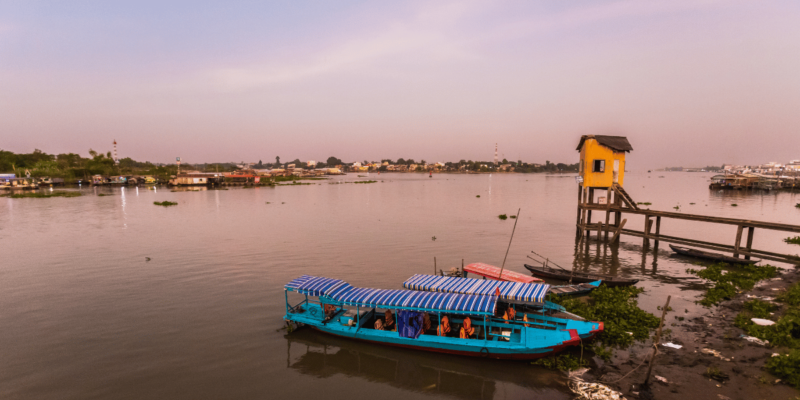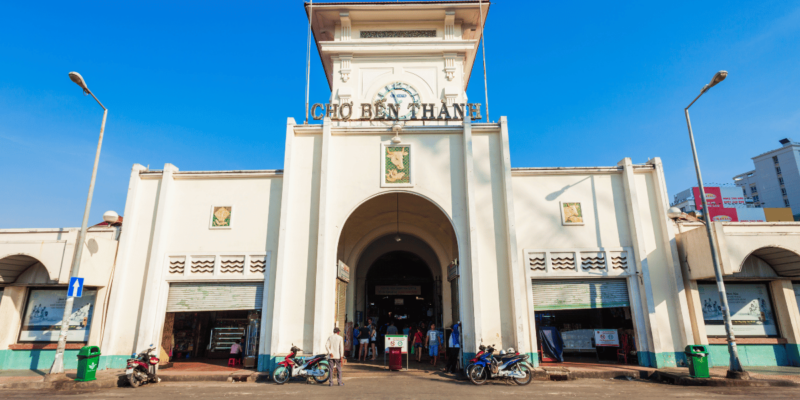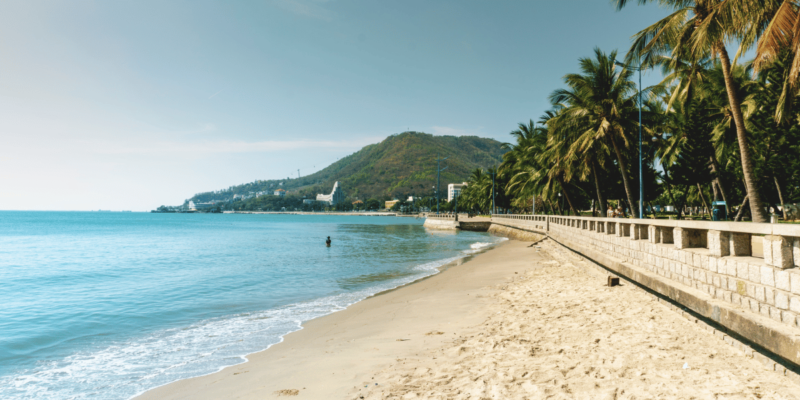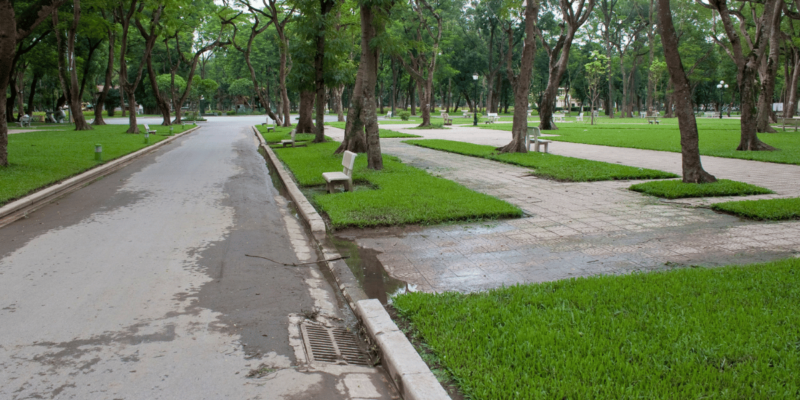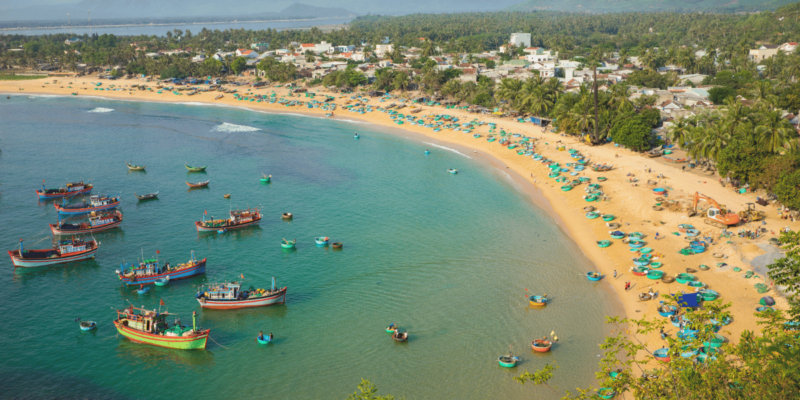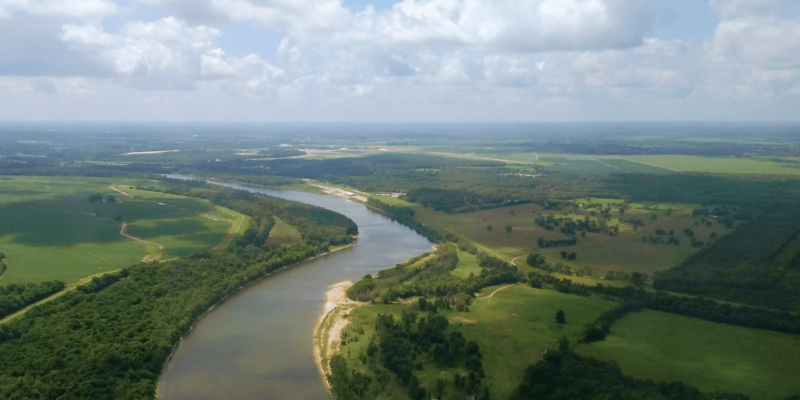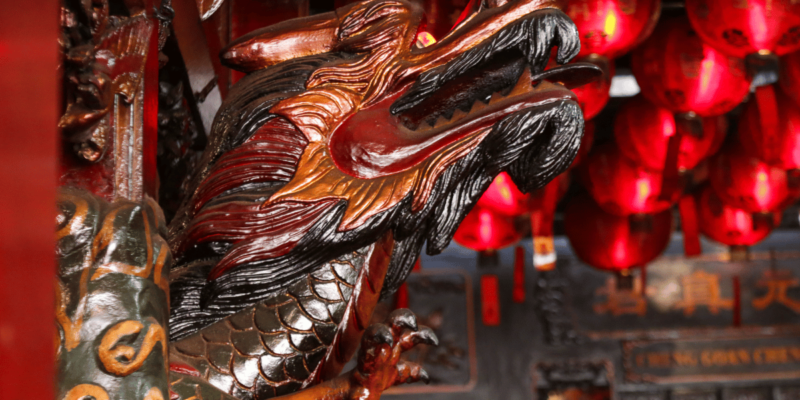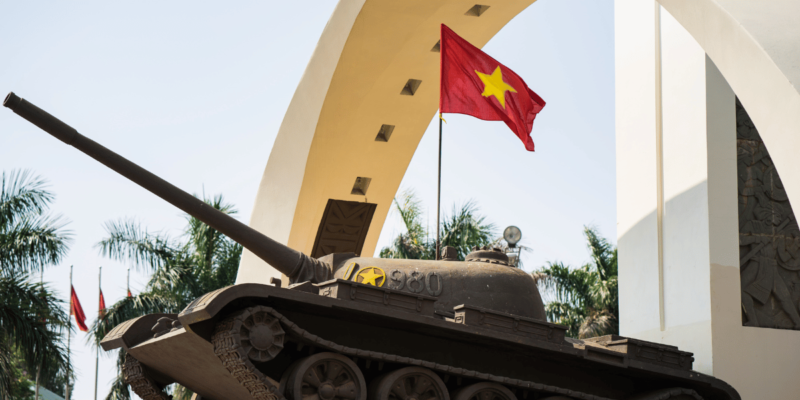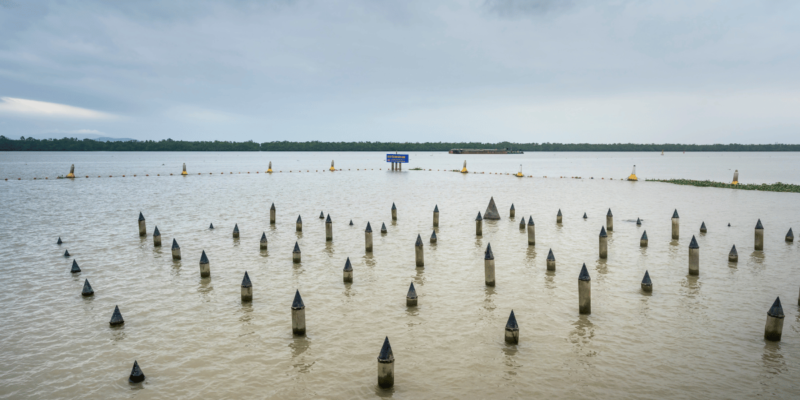The Bach Dang Battle Site: A Symbol of Vietnamese Strategic Brilliance
Historical Context and Geographical Setting: The Bach Dang Battle Site, situated near the small town of Quan Yen along the route from Ha Phong to Ha Long Bay, marks the location of two of Vietnam’s most significant military triumphs. These battles, occurring in 938 and 1288, are not only pivotal moments in Vietnamese history but also exemplify the ingenuity and resilience of its people. The site lies close to the Bach Dang River estuary, an area that played a crucial role in these historical confrontations due to its tidal conditions and navigable features.
Tactical Ingenuity of the Battles: During both conflicts, Vietnamese forces employed a remarkably similar and cunning strategy. Understanding the tidal patterns of the Bach Dang River, they installed large ironwood stakes beneath the water’s surface. These stakes were not only sturdy but were also honed into sharp points, poised to impale the hulls of enemy ships. The battles were timed such that the engagements began at high tide, during which the Vietnamese, led by their commanders Trang Hung Dao and Ngo Quyen in the respective battles, feigned a retreat. This tactic drew the enemy fleet into the strategically placed stake field. As the tide receded, the enemy ships were ensnared and immobilized on the stakes, rendering them defenseless and leading to their ultimate destruction.
Commemoration and Legacy: In modern Vietnam, the heroes of these battles, Trang Hung Dao and Ngo Quyen, are venerated as national icons. Their strategic brilliance and heroic leadership have ensured their esteemed places in Vietnamese lore. Across the country, numerous streets, statues, and temples are dedicated to their memory, serving as a continual reminder of their contributions to Vietnam’s independence and sovereignty. These sites of memory not only honor their achievements but also serve as places for reflection on the nation’s storied past.
Tourist Experience at the Battle Site: For visitors to the Bach Dang Battle Site, the experience is both educational and evocative. The site provides a tangible connection to the past, allowing tourists to visualize the scale and intensity of the battles. Interpretative signs and guided tours offer insights into the historical context, the tactical maneuvers employed, and the broader implications of these victories for Vietnamese history. The location’s proximity to Ha Long Bay also integrates well with broader tourist itineraries, combining natural beauty with historical exploration.
Cultural and Educational Importance: The Bach Dang Battle Site is not only a point of national pride but also an essential educational resource that illustrates the clever use of geographical and tidal knowledge in warfare. It highlights the importance of environmental and tactical awareness in historical conflicts and offers lessons in resilience and strategic planning that remain relevant today.
Continued Relevance and Preservation: Efforts to preserve and promote the Bach Dang Battle Site are crucial for maintaining its historical significance and ensuring that future generations understand and appreciate this heritage. These efforts also contribute to the local economy by promoting tourism and educational projects focused on Vietnam’s rich historical tapestry.
Conclusion: The Bach Dang Battle Site stands as a testament to Vietnam’s historical defiance and strategic acumen. It continues to inspire both locals and visitors alike, embodying the spirit of a nation that has navigated countless challenges throughout its history. As a place of both commemoration and education, it remains a vital part of the narrative of Vietnam, celebrating its past while looking forward to its future.



